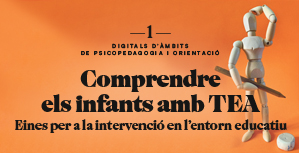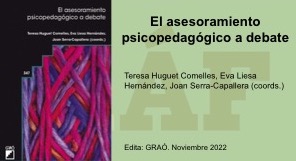The intervention of Juvenile Justice in cases of school violence
DOI:
https://doi.org/10.32093/ambits.vi60504957Keywords:
Violence, school environment, complaint, juvenile justice, restorative justice, crime, judicial measureAbstract
In the school context, violent behavior occurs among adolescents, addressed by the educational community through different interventions. Sometimes, victims file a complaint and resort to the criminal justice system. If the reported students are between 14 and 17 years old at the time of the incidents, the intervention is carried out through the Juvenile Justice system, regulated by the Organic Law 5/2000 on Criminal Responsibility of Minors (LORPM). This law holds young people accountable, taking into account their developmental stage, and provides appropriate educational responses to their age, including the possibility of reparation to the victim. The article explains in detail the process that a complaint follows, and the interventions that are carried out with the aggressors and victims, whether a judicial measure is imposed on them or whether they participate in a restorative justice process. It also addresses the specificities observed in juvenile justice in cases of school violence, related to the adolescents involved and the type of crime, which are exemplified through three cases, analyzing the aspects that hinder or facilitate the approach. Finally, some proposals are made to improve the intervention of all areas involved in the prevention and treatment of violence in the school environment.
References
Marshall, T.F. (1999). Restorative Justice. An Overview, A report by the Home Office Research Development and Statistics Directorate, Home Office, Information&Publications Group.

Downloads
Published
Issue
Section
License
Copyright (c) 2024 Lídia Ayora Mascarell, Alicia Reyes Blanch

This work is licensed under a Creative Commons Attribution-NonCommercial-NoDerivatives 4.0 International License.
The authors maintain their copyright and give the right to the first publication of the work to the journal, registered under a Creative Commons Attribution-Non Commercial-NoDerivs license. This license allows others to download the works and to share them with others as long as they credit the author, but it does not allow for any kind of modification or commercial use.














